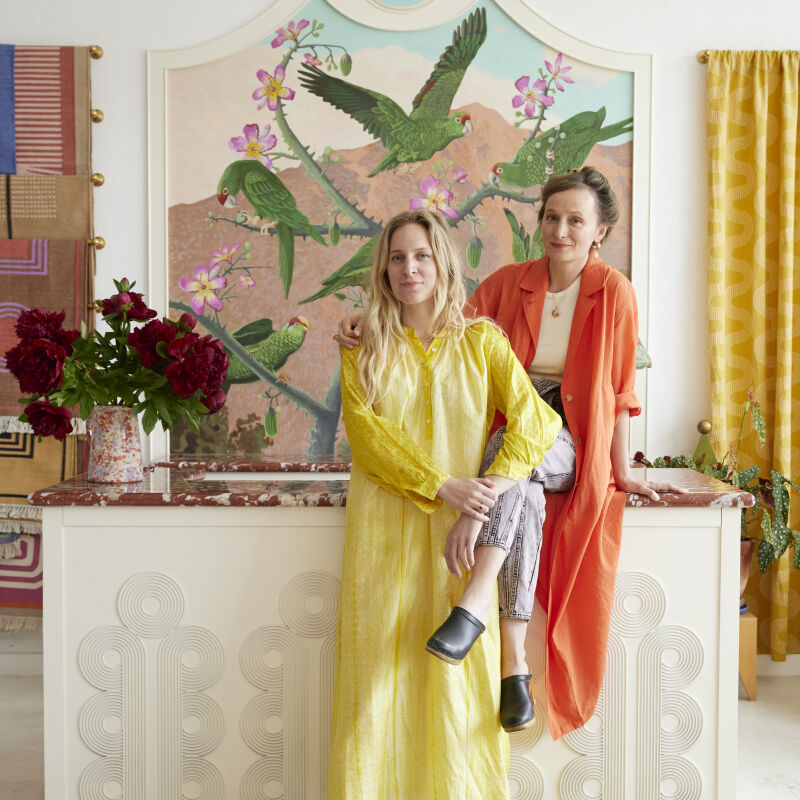When we launched Remodelista in 2007, our organizing principle centered on sustainability, and of course, design with integrity. Over the years we have continued to focus on eco-friendly design and well-made, time-tested products. Our mantra is repurpose, reuse, scavenge, buy local.
Conscientious living is an issue that feels ever more urgent with each passing day. So we’re delighted to announce that our new book, Remodelista: The Low-Impact Home: A Sourcebook for Stylish, Eco-Conscious Living, is now available for preorder (details below) and will be arriving in bookstores on October 4th. Read on to hear how we at Remodelista have changed our daily habits over the course of researching and producing this book; we hope you find inspiration!

Small Changes Lead to Better, Planet-Friendly Choices
- Fan reports: “I do the laundry far less frequently. I rewear clothes several times before I wash, and I stopped bringing woolens to the dry cleaner; I handwash them instead. I do my best to cut down on food waste and make a point of eating leftovers. I think the biggest habit shift, though, is to just pause before buying anything new. ‘Do I need it? What is it made of? Do I really love it? Will it last? If not, is it recyclable?’ “
- Margot now takes “navy” showers—”I turn off the water when I’m soaping up. I do this wherever I am—it’s become a habit. In the kitchen: we use cloth napkins, beeswax wraps (instead of plastic), biodegradable sponges, dish towels and rags, and saved glass jars. And we are attempting to have our compost collection exceed our garbage output, but have yet to succeed on that front. Before buying anything new, I first look for the same or equivalent in the vintage and resale market. As for laundry: sheets and towels go in the dryer but I now only air dry my clothes—they occupy standing racks, hangers, and clothespins in our very unglamorous basement. And I make my own laundry soap: a mix of borax, soap flakes, washing soda, and baking soda. It works in an HE machine.”
- Julie now heads to Etsy or eBay whenever she needs a household essential. Favorite recent purchase? A pair of Scandinavian midcentury salad servers.
- Annie has started saving glass jars to reuse as water bottles. “A lot of restaurants around Portland, Maine, began offering to-go cocktails in pretty glass vessels during the pandemic, so those are my favorites, though I save them all: jam jars, salsa jars, etc. I toss one in my bag each day to fill up when I’m out and about (and avoid buying plastic). Helps me drink more water, too.”
- Justine says: “I avoid buying clothing made with synthetics. But for washing my daughter’s required ballet leotard and our family swimsuits, I use a Guppyfriend bag that catches microplastics. I’ve also started having milk from a local diary delivered in glass bottles (because milk cartons are lined with plastic). Since learning that most plastic really isn’t recyclable, I try to avoid items with plastic packaging.”
- Alexa reports: “In the past year, I’ve cleaned up my grocery process—no plastic, no chemicals, and plenty of reusable cotton. I use extra large Baggu bags for groceries, reusable cotton sacks (they’re actually nut milk bags) for produce, and I bring Weck jars for bulk goods. I’ve really enjoyed committing to bulk goods! So many benefits: no need for excess plastic packaging, and if you bring the container it’s going to eventually live in, that saves you from having to decant it later and allows you to buy the perfect amount for that container. Tip: for easy checkout, write the tare weight on a piece of masking tape on the jar. These components—cotton bags, grocery bags, Weck jars, a pen, masking tape—all live in a canvas tote that is always ready to go.”
Want to see more? Here are some sneak peeks of our new book.

To Pre-Order:
US
Pre-order via Amazon, Barnes & Noble, Books-a-Million, and Bookshop. To find your closest local bookstore, visit IndieBound.
Canada
Pre-order via Amazon Canada and Indigo.
United Kingdom
Pre-order via Amazon UK and Waterstones.
Australia
Pre-order via Booktopia.
Elsewhere? Pre-order via Book Depository.
Frequently asked questions
What is the Low-Impact Home book about?
The Low-Impact Home book explores the concept of eco-friendly living by providing practical solutions and inspirational ideas for creating a sustainable home.
Who is the author of the Low-Impact Home book?
The author of the Low-Impact Home book is Christine Liu.
Where can I order the Low-Impact Home book?
You can order the Low-Impact Home book from various online retailers such as Amazon, Barnes & Noble, and IndieBound.
What are some of the lessons taught in the Low-Impact Home book?
The Low-Impact Home book teaches lessons such as reducing waste, conserving water and energy, choosing eco-friendly materials and products, and creating an overall environmentally conscious lifestyle.
Who would benefit from reading the Low-Impact Home book?
Anyone who is interested in reducing their impact on the environment and creating a more sustainable home would benefit from reading the Low-Impact Home book.
Is the Low-Impact Home book applicable to all types of homes?
Yes, the Low-Impact Home book provides practical solutions and ideas for anyone looking to live a more sustainable lifestyle no matter what type of home they live in.
Are there any accompanying materials or resources that come with the Low-Impact Home book?
Yes, the Low-Impact Home book includes resources such as checklists, product recommendations, and DIY tutorials to help readers implement the lessons taught in the book.





Have a Question or Comment About This Post?
Join the conversation